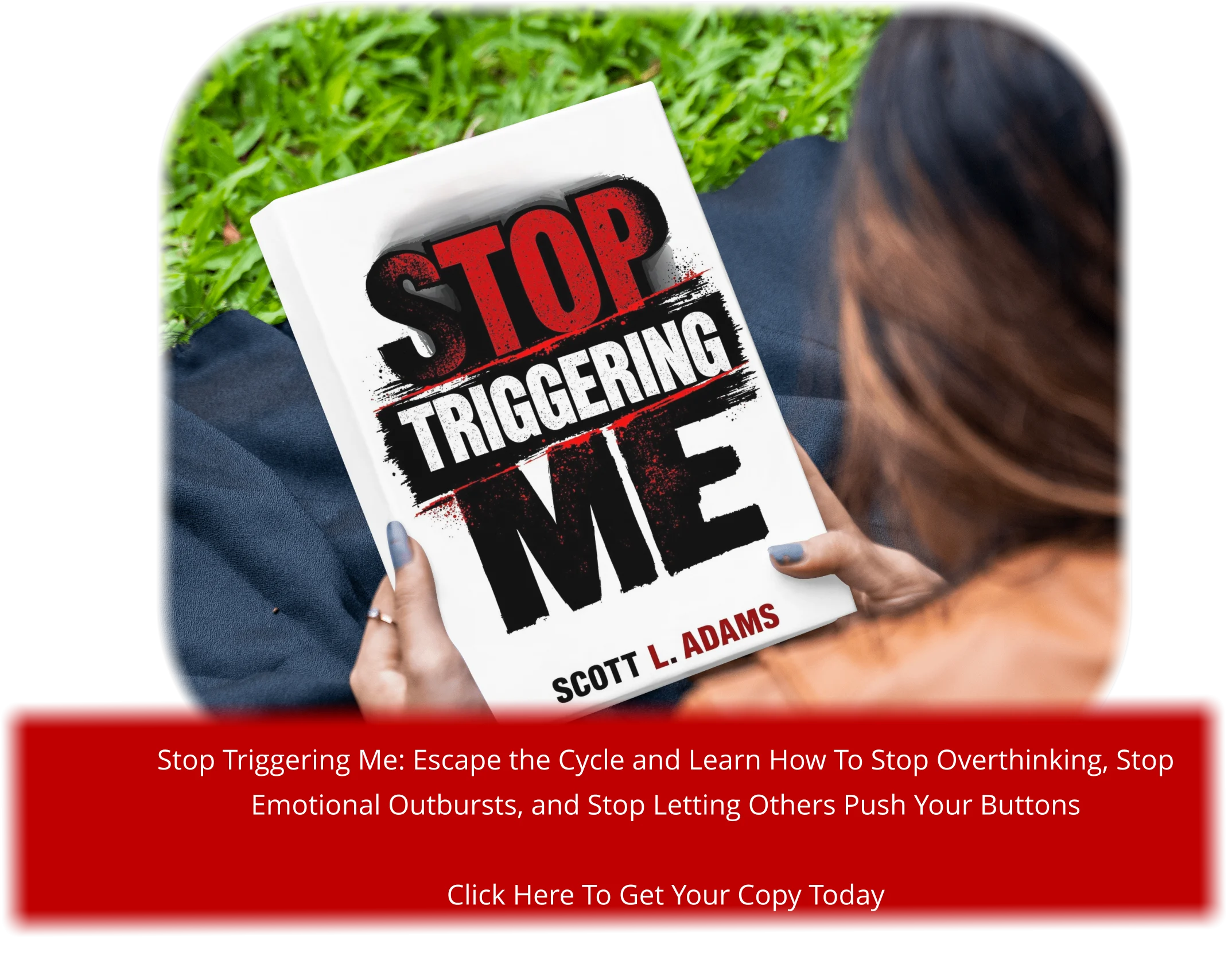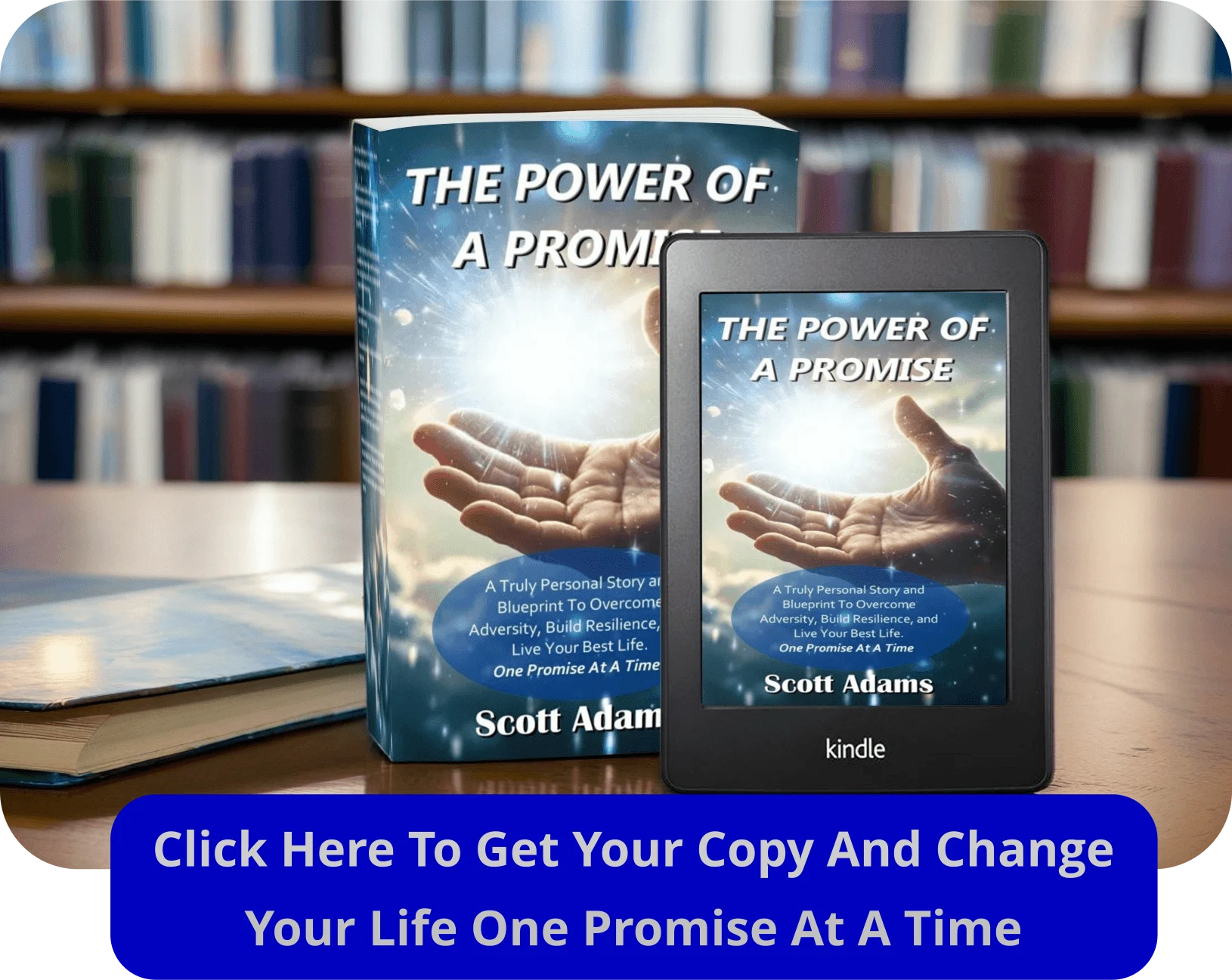I remember a moment when I felt like the world was crashing down. Someone had made a small comment, and I spiraled into anger. It wasn’t the first time, and I knew something had to change. That’s when I discovered the incredible power of the brain to adapt and grow.
Our brain isn’t fixed—it’s constantly evolving. Research shows that the brain can change its structure and function through experiences and training, a concept known as neuroplasticity1. This means we can reshape how we respond to life’s challenges, even in moments of stress or frustration.
Think of it like a game. Every time we choose a calm response over an overreaction, we’re strengthening new pathways in the brain. Over time, these small steps can lead to big changes. It’s not about perfection but progress.
Understanding this gave me hope. I realized that managing overreactions isn’t about suppressing emotions but training the brain to respond in a healthier way. And if I can do it, so can you.
Key Takeaways
- The brain can change its structure and function through neuroplasticity.
- Small, consistent actions can reshape how we respond to stress.
- Overreactions can be managed by training the brain, not suppressing emotions.
- Every choice to stay calm strengthens healthier neural pathways.
- Progress, not perfection, is the goal in managing emotional responses.
Understanding the Brain’s Role in Overreacting
Have you ever felt your heart race and your thoughts spiral out of control over a small comment? That’s your brain’s limbic system at work. The amygdala, a key part of this system, triggers the fight-or-flight response when it senses danger—even if the threat isn’t real2. This can lead to overreactions that feel overwhelming in the moment.
Exploring Neuroplasticity and Emotional Responses
The good news? Our brain isn’t stuck in this pattern. Neuroplasticity—the brain’s ability to reorganize itself—means we can train it to respond differently. Every time we choose calm over chaos, we strengthen new neural pathways2. It’s like building a mental muscle, one step at a time.
Research shows that the prefrontal cortex, responsible for rational thinking, can override the amygdala’s impulsive reactions3. This is why mindfulness practices, like focusing on your breath, can help regain control during stressful moments.
The Science Behind Brain and Emotion Interplay
Anger and anxiety often stem from the amygdala’s overreaction to harmless stimuli. Chronic anger can even weaken the prefrontal cortex’s ability to regulate emotions3. But small changes, like playing a game or engaging in compassionate conversation, can act as catalysts for healthier responses.
Here’s what studies reveal:
- The amygdala triggers stress hormones like cortisol, which can heighten emotional reactions2.
- Mindfulness practices can reduce emotional reactivity by up to 30%3.
- Understanding personal triggers is essential for preventing overreactions2.
By learning how our brain works, we can take meaningful steps toward managing overreactions. It’s not about perfection—it’s about progress.
Identifying Your Emotional Triggers
It was a seemingly ordinary day when a casual remark sent me spiraling into frustration. I couldn’t understand why such a small thing felt so big. That’s when I realized I needed to dig deeper into my emotional triggers.
Recognizing Daily Signs and Signals
Emotional triggers often start with subtle signs. For me, it was a tightness in my chest or a sudden shift in mood. These physical sensations are the brain’s way of signaling that something deeper is at play4.
Triggers can be anything—a tone of voice, a crowded room, or even a specific smell. They’re not flaws but opportunities to understand ourselves better. For example, public speaking evokes anxiety in about 75% of people, making it a common trigger4.
“Triggers are not the problem—they’re the signal pointing to the problem.”
Linking Past Experiences to Present Reactions
Our reactions often stem from past experiences. A comment that feels like criticism might remind us of a childhood moment when we felt judged. The brain forms associations between these events and our responses5.
I noticed that my anger in certain situations was tied to unresolved feelings from years ago. By linking these reactions to their roots, I began to see patterns. This self-awareness is the first step toward change.
- Physical signs: Tightness, rapid heart rate, or dizziness can indicate a trigger4.
- Emotional shifts: Sudden anger, sadness, or anxiety often point to deeper issues.
- Past connections: Understanding how past events shape current reactions fosters growth.
Identifying triggers isn’t about blaming ourselves. It’s about gaining insight into our emotional landscape. With this understanding, we can begin to reshape our responses and move toward healthier patterns.
Rewiring Your Emotions: A Practical How-To Guide
One afternoon, I found myself sitting in silence, realizing how much my reactions were controlling me. It wasn’t just about anger or frustration—it was about how my brain responded to stress. That’s when I decided to take practical steps toward change.
Mindfulness Meditation as a Tool for Change
Mindfulness meditation became my go-to method for pausing emotional reactions. It’s simple: sit quietly, focus on your breath, and observe your thoughts without judgment. Studies show that mindfulness can reduce emotional reactivity by up to 30%6.
Here’s how I started:
- Set a timer: Begin with just 5 minutes a day. Gradually increase as it becomes a habit.
- Focus on the breath: When thoughts arise, gently bring your attention back to your breathing.
- Practice daily: Consistency is key. Over time, this practice strengthens the prefrontal cortex, helping to regulate emotions7.
This small step made a big difference in how I handled stress and anxiety.
Cognitive Reappraisal Techniques to Shift Perspective
Another powerful tool is cognitive reappraisal. This technique teaches the brain to reinterpret negative situations. For example, instead of thinking, “This is a disaster,” I learned to ask, “What can I learn from this?”
Research shows that 65% of people using reframing techniques see significant improvement in their emotional responses within weeks7. Here’s how I applied it:
- Identify the thought: Notice when a negative thought arises.
- Challenge it: Ask yourself, “Is this thought true? What’s another way to see this situation?”
- Replace it: Choose a more balanced perspective, like focusing on solutions rather than problems.
By deliberately challenging catastrophic thoughts, I began to alter my brain’s habitual patterns.
“Change doesn’t happen overnight, but every small step brings you closer to a healthier emotional style.”
These techniques, combined with consistent practice, helped me develop a new “emotional reset.” It’s not about perfection—it’s about progress. And with time, you can train your brain to respond in a calmer, more balanced way.
Building Emotional Resilience with Daily Practices
There was a time when I felt completely overwhelmed by the smallest things, like a storm brewing inside me. I knew I needed to find a way to calm that storm and build emotional resilience. Over time, I discovered that small, consistent practices could make a big difference in how I handled stress and anxiety.
Developing Self-Compassion and Gratitude
One of the most transformative practices for me was cultivating self-compassion. Instead of criticizing myself for overreacting, I learned to treat myself with kindness. Research shows that self-compassion can reduce feelings of shame and self-criticism by about 50%, leading to better emotional management8.
Gratitude journaling also played a key role. Every evening, I’d write down three things I was grateful for. This simple habit shifted my focus from what was going wrong to what was going right. Over time, it helped me build a more positive outlook on life.
Gradual Exposure and Habit Disruption
Another powerful tool was gradual exposure. I started by facing small triggers head-on, like having a difficult conversation or sitting in a crowded place. Each time I did this, I felt a little stronger. Studies show that healthy distraction techniques can reduce emotional overwhelm by 20% in acute situations8.
I also worked on disrupting negative habits. For example, when I felt anger rising, I’d take a deep breath and count to ten. This small step gave me a moment to pause and choose a calmer response. Over time, these practices reinforced positive neural pathways in my brain.
“Building resilience isn’t about avoiding challenges—it’s about learning to navigate them with grace.”
Here are some actionable tips to get started:
- Practice self-compassion: Treat yourself with the same kindness you’d offer a friend.
- Keep a gratitude journal: Reflect on three positive moments each day.
- Face small triggers: Gradually expose yourself to situations that cause mild discomfort.
- Pause and breathe: Use deep breathing to interrupt negative reactions.
Building emotional resilience takes time, but every small step brings you closer to a calmer, more balanced life. Start with one practice today and see how it transforms your responses over time.
Applying Research Insights to Transform Emotional Responses
A few years ago, I stumbled upon a study that completely shifted how I viewed emotional reactions. It showed how the brain can adapt and change through deliberate practices. This discovery led me to explore how research insights can help reshape how we respond to life’s challenges.
Real-World Examples from Neuroplasticity Studies
One fascinating example comes from studies on London taxi drivers. Their brains showed increased gray matter in areas related to spatial memory, proving that consistent practice can lead to structural changes9. This same principle applies to emotional regulation. When we practice mindfulness or cognitive reappraisal, we’re essentially training our brain to respond differently.
Another study found that mindfulness practices can increase activity in the prefrontal cortex while decreasing amygdala reactivity9. This means that with consistent effort, we can strengthen the part of our brain responsible for rational thinking and reduce impulsive reactions.
Lessons from Neuroscientists and Everyday Applications
Neuroscientists like Richard Davidson have shown that emotional resilience isn’t fixed. Through practices like mindfulness and gradual exposure, we can enhance our ability to manage stress and anxiety10. For instance, one study revealed that mindfulness can reduce emotional reactivity by up to 30%11.
Here’s how you can apply these insights:
- Practice mindfulness: Spend a few minutes each day focusing on your breath to strengthen the prefrontal cortex.
- Challenge negative thoughts: Use cognitive reappraisal to shift your perspective on stressful situations.
- Gradual exposure: Face small triggers to build resilience over time.
“Change doesn’t happen overnight, but every small step brings you closer to a healthier emotional style.”
Research proves that with consistent, thoughtful practice, we can transform our emotional responses. Start small, and over time, you’ll see significant changes in how you handle life’s challenges.
Conclusion
Change often starts with a single moment of clarity—a realization that something needs to shift. Understanding how the brain works, especially its ability to adapt, is the first step toward healthier emotional responses. Research shows that consistent practices like mindfulness and cognitive reappraisal can reshape how we react to stress12.
Every small step matters. Whether it’s pausing to breathe during a heated moment or journaling to process feelings, these actions build resilience over time. Studies indicate that emotional regulation techniques can reduce overreactions by up to 50%13.
This journey isn’t about perfection but progress. By embracing self-compassion and staying curious, we can transform challenging situations into opportunities for growth. Remember, change is a process, and every effort brings you closer to a calmer, more balanced life.







